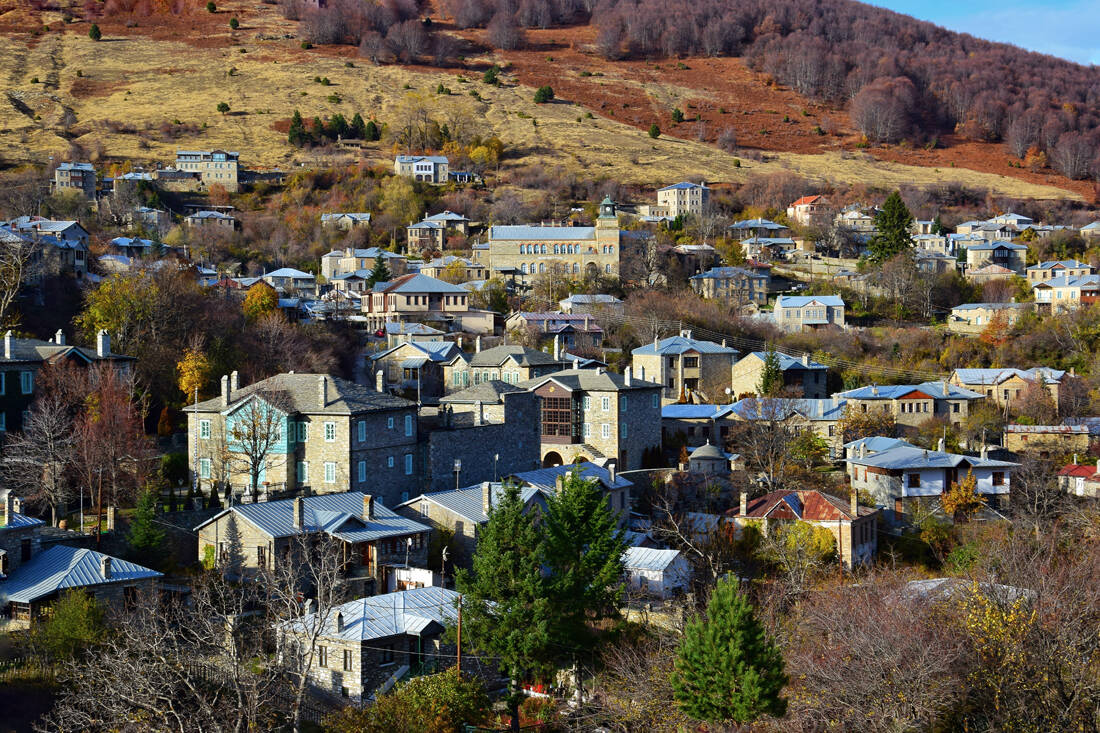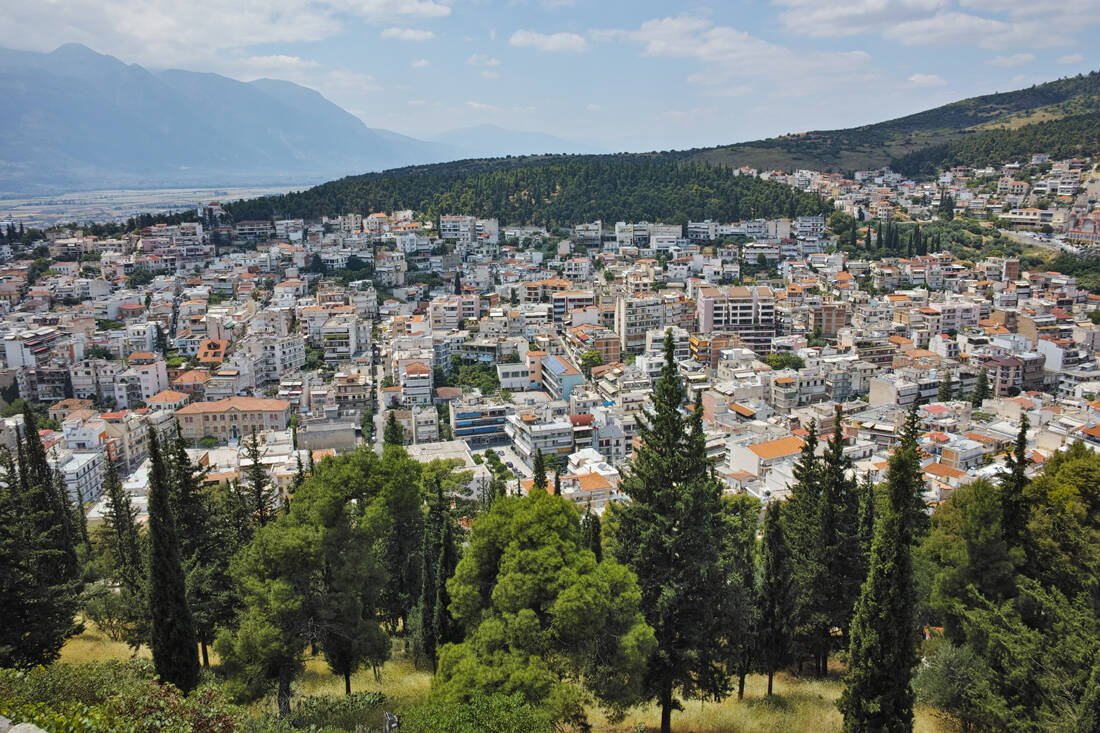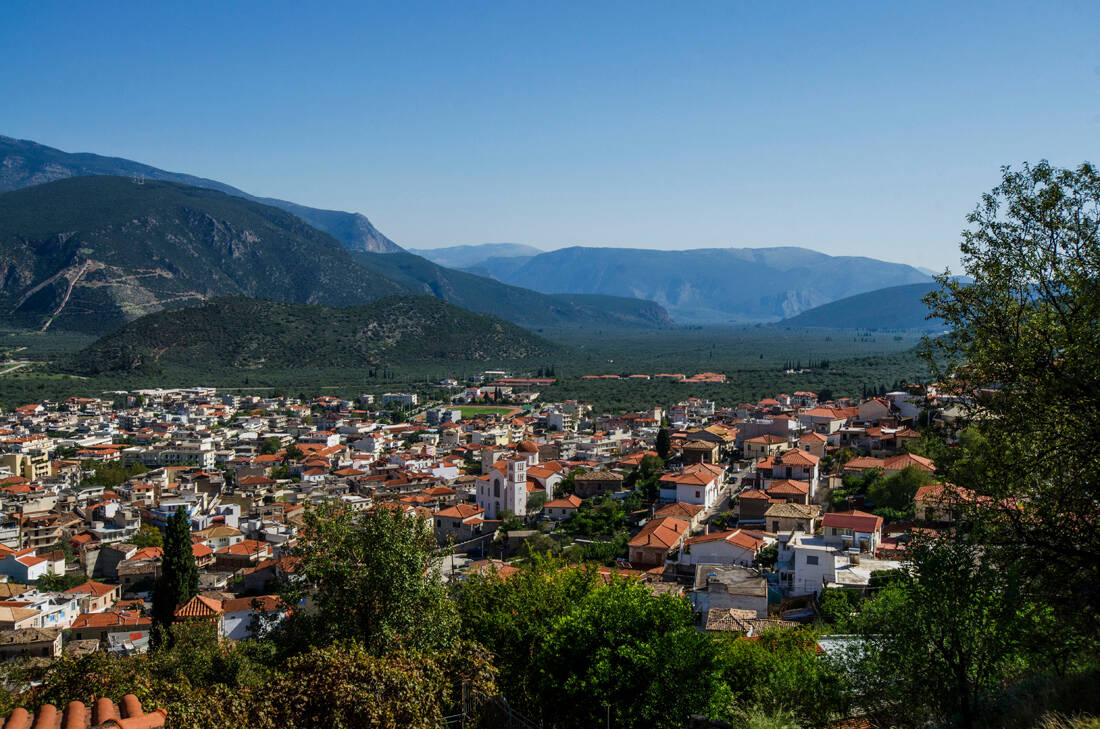It could also be a quiz for strong solvers. For those who play history, but also geography at their fingertips. Find the old name of one city. Because you see, over the years, a few cities in Greece, but also several areas in Attica have left their name, replacing it with a new one.
In some cases, which are even more recent the older name is still used. In others, it was lost in the dust of time. In fact, many had Turkish names, since during the Turkish occupation many places took Turkish names.
Let's see, then, how well-known Greek cities were called in the past and the history behind the change of their name.
The reason for it Alexandroupolis, one modern city chronicles, which was founded in the middle of the 19th century by fishermen from Ainos and the villages of Makri and Maronia. Then, he took the name Dedeagats (also Dedeagats or Dede-Agats) which in Turkish means "grandfather's tree".
It is said that this name was based on a local tradition about a wise dervish, who spent most of his life in the shade of a local tree and was eventually buried next to it. Another version wants the then name to be due to the oaks that shaded the beach.
When the city was liberated (May 14, 1920) the competent local authorities as well as the Holy Diocese, after consulting Dr. Achilleas Samothrakis, decided to rename the city from Dedeagats to Naples. However, in 1920 when the king of Greece, Alexander I visited the city, the local authorities decided to name it Alexandroupolis, in his honor.


The village was called Niveasta, a Vlach name that probably comes from the phrase Ni vista, which means invisible, due to its location. And it kept it for years after its liberation from the Turkish yoke. The current name, Nymphaeum took it in 1928.
From the 15th century it was called Syrovichevo and this name (in various variations) is found until the liberation from the Turks. The current name Amynteo he took it in 1928 and it is, as it is said, in honor of the local lord of Lygistida, Amyntas, grandfather of Alexander the Great.
Here we are dealing with a case of great interest, but also various versions around a name. THE Lamia, so, over the years it also changed its name.
Lamia was its original and there are various versions about the origin of the name. One version says that he took it from Lamos, the son of Hercules and Omphalis. Another claims that it took its name from Lamia, the Queen of Trachinia and daughter of Poseidon.
At some point, this name is replaced by Zitouni, but with certainty when and by whom the change was made, no one can say. However, as Zitouni we meet her at the 8th Ecumenical Council, in 869. While there are many versions and how Zitouni came about.
It is also not known when it took back its original name Lamia


They are sung: "Lambs are slaughtered in Salona" says the verse of the traditional song. It is, however, also historical, since Salona was the first city of Roumeli to revolt in 1821. The reason for Amfissa, but it is one of those cases, because of a history that people know well and the previous name.
Amfissa was the original name of the city, which at the beginning of the 13th century was renamed by the Frankish conquerors to La Sole which in Greek is .. (the) Salona. And here for the origin of the name there are various versions. One of them says that the name is a corruption of the word Saloniki and was given to Amfissa by the King of Thessaloniki, Bonifatio Momferratiko, who occupied Amfissa and the rest of southern Greece.
Anyway, Amfissa got its ancient name back after the end of the Ottoman period.


The stories behind the name change in several areas in the Attica basin are also extremely interesting..
Who would say that in the aristocratic Kolonaki Once upon a time there were kids and that north of the square there were shepherds' huts. And probably for this reason, the area used to be called Katsikadika!
Until the early 60's it was called Magoufana and according to one of the versions circulating around her name, it came from a girl of the time around 1840, "Magoufa Anna" who was deaf and sick with tuberculosis and moved to the area to be healed. And she lived there until her death. Of course, we are talking about Pine.
In old Greek movies we often heard the area Koukouvaounes. It is today Metamorfosi while for its original name one version claims that it is due to the many owls that existed in the area.


"I will not return to the house in Kakosales" sang Giannis Miliokas and probably many will not know that it referred to her old name Avlona. Kakosalesi, then, was called until 1927, but the older ones for the following years insisted on calling it by its old name.
The truth is that when we hear "Bythoulas" of automatics in everyone's mind comes Madame Soussou of Dimitris Psathas. Besides, she lived there with her fishmonger husband, Panagiotakis, but she was so imaginative that when asked where she lived, she answered meaningfully at the των Plato Academy.
Bythoulas, then, was a neighborhood of his Kolonou, where stagnant water was stagnant in a dry river.
As a name it is not very well known to the general public. Podarades, therefore, was the name of an important Byzantine family, which owned the lands of the area. And this area is no other than its current name Nea Ionia.
